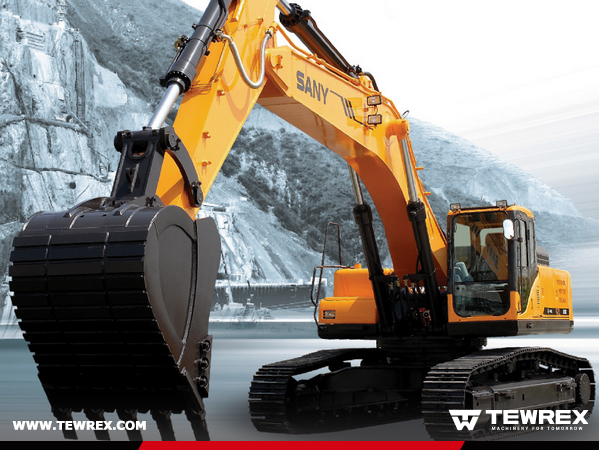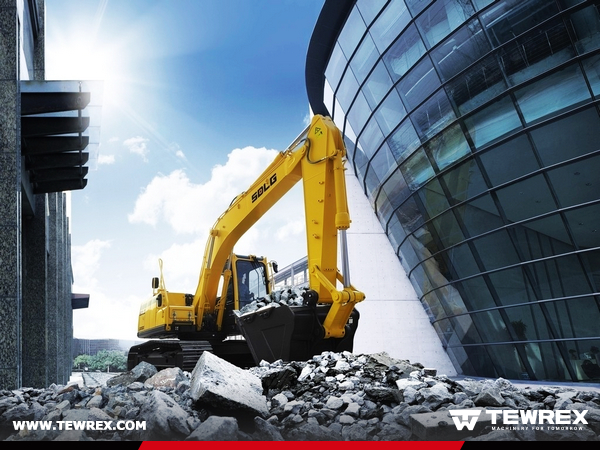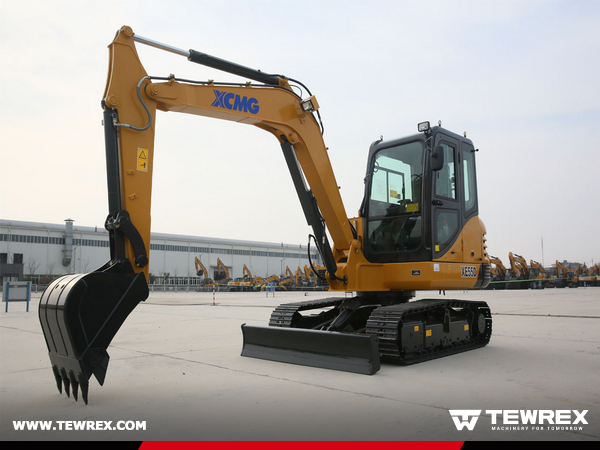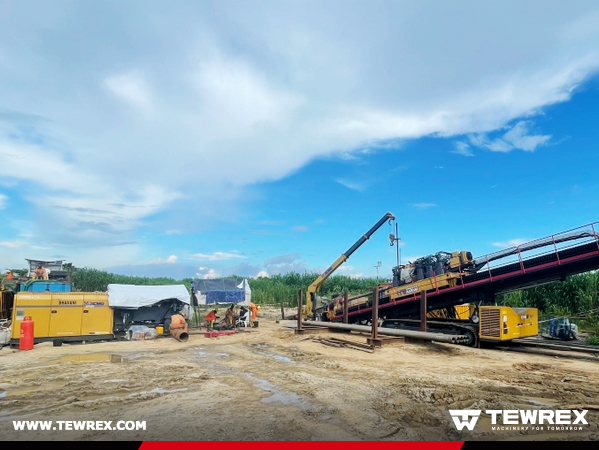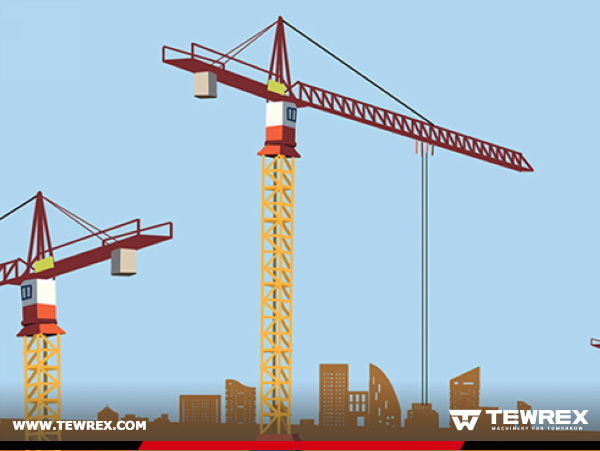>
How A Crane Works?
[ 2023-08-07 ]
Hoisting machinery is a kind of machinery that can lift vertically and move objects horizontally within a certain range. It is an important tool and equipment for modern industrial enterprises to realize mechanization and automation of production processes and improve the production efficiency of heavy manual labor.At present, it is usually classified according to the main purpose and structural characteristics of the crane. Classified according to the main purpose, it can be divided into general cranes, construction cranes, metallurgical cranes, port cranes, railway cranes and shipbuilding cranes, etc.; Rotating cranes, stationary cranes and operating cranes. Running cranes are further divided into rail-running (running on a fixed track) and trackless (running with tires or crawler support without a specified track).So how does the crane work? The main work is divided into four items, namely lifting, running, luffing and rotating.





